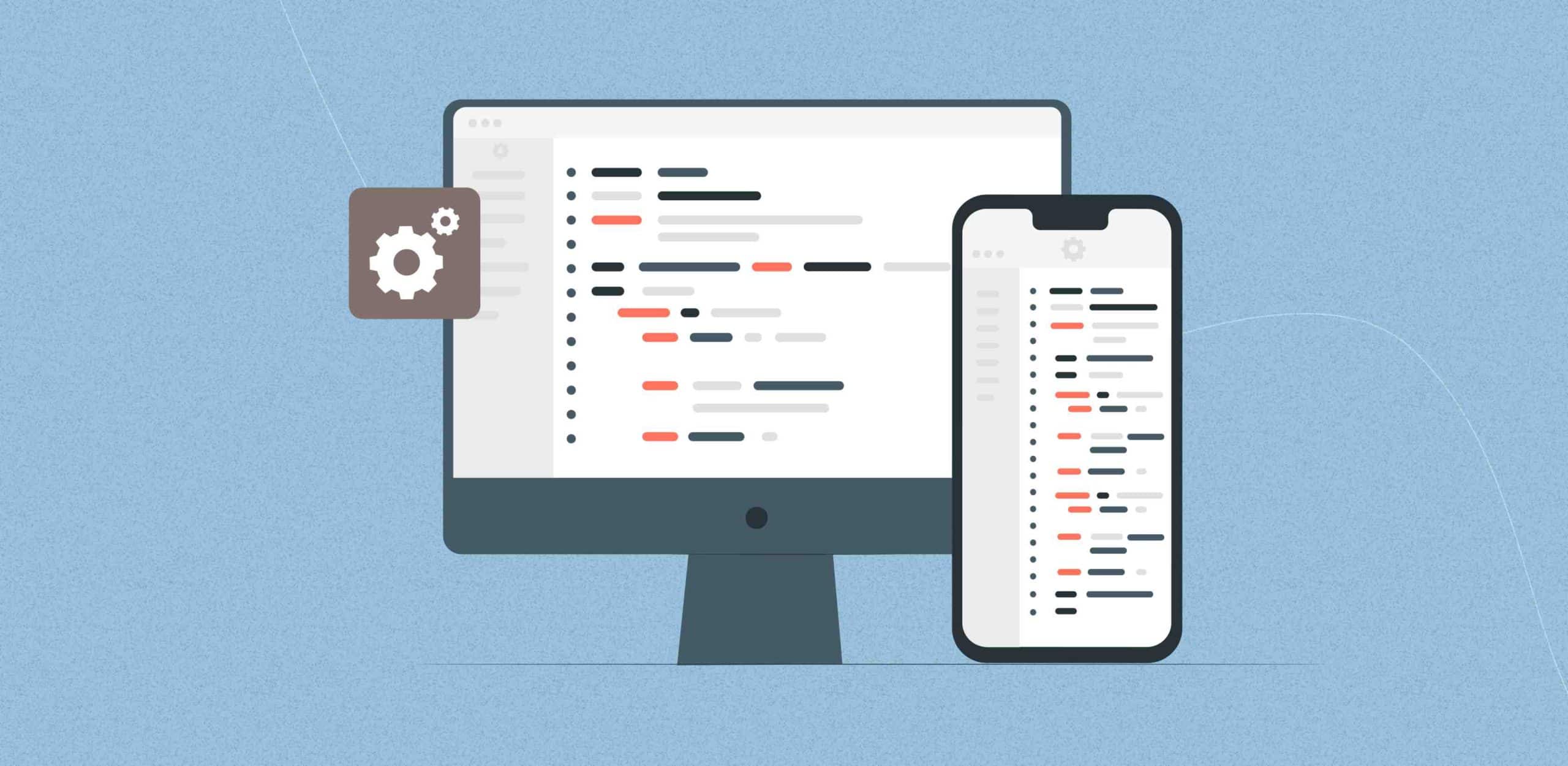WebRTC (Web Real-Time Communication) is a technology that enables real-time communication, such as video and audio streaming, file sharing, and screen sharing, directly through a web browser. This eliminates the need for plugins or third-party applications, making it easy for users to connect and collaborate in real-time.
One of the key components of a WebRTC system is the media server, which is responsible for handling the media streams and facilitating communication between clients. There are many commercial media servers available, but for those looking for a cost-effective and customizable solution, open-source media servers are a great option.
In this article, we will be looking at the top five open-source WebRTC media servers:
Janus WebRTC Gateway
Janus WebRTC Gateway is an open-source, lightweight, high-performance media server developed by Meetecho, a research group at the University of Napoli Federico II. It is written in C and has a modular architecture, which allows it to support a wide range of protocols and features.
Some of the key features of Janus WebRTC Gateway include:
Scalability: Janus WebRTC Gateway can support thousands of concurrent users and handle high-load conditions, making it ideal for large-scale applications such as video conferencing, live streaming, and online education.
Low latency: Janus WebRTC Gateway has a low-latency video mixer, which enables real-time communication with minimal delay. This is essential for applications that require real-time interaction, such as online gaming and customer support.
Audio and video processing: Janus WebRTC Gateway supports a variety of audio and video codecs and can perform audio and video processing tasks, such as echo cancellation and noise reduction. This ensures that the media streams are of high quality and free from distractions.
Plugins: Janus WebRTC Gateway supports the development of custom plugins, which allows users to extend its functionality to meet their specific needs. This makes it a highly flexible and customizable solution for a wide range of applications.
Compatibility: Janus WebRTC Gateway is compatible with a variety of platforms and devices, including desktop and mobile browsers, as well as native applications. This makes it easy for users to connect and communicate from any device.
In conclusion, Janus WebRTC Gateway is a powerful and versatile media server that is well-suited for applications that require real-time communication, high scalability, and low latency. Its modular architecture and support for custom plugins make it a highly customizable solution that can be tailored to meet the specific needs of a wide range of applications.
Kurento WebRTC Media Server
Kurento WebRTC Media Server is an open-source media server developed by Kurento, a company based in Spain. It is written in Java and has a modular architecture, which allows it to support a wide range of protocols and features.
Here are some of the key features of the Kurento WebRTC Media Server:
Scalability: The Kurento WebRTC Media Server is designed to support thousands of concurrent users and handle high-load conditions. This makes it a suitable choice for large-scale projects that require high performance and stability.
Audio and video processing: The Kurento WebRTC Media Server supports a variety of audio and video codecs and can perform audio and video processing tasks, such as echo cancellation and noise reduction. This allows users to deliver high-quality audio and video streams with minimal latency.
Recording and streaming: The Kurento WebRTC Media Server can record and stream media streams to a variety of platforms, such as YouTube and Facebook Live. This allows users to capture and share their content with a wider audience.
Plugins: The Kurento WebRTC Media Server supports the development of custom plugins, which allows users to extend its functionality to meet their specific needs. This makes it a highly customizable media server that can be tailored to meet the requirements of a wide range of projects.
Security: The Kurento WebRTC Media Server has a number of security features that protect against common threats, such as cross-site scripting (XSS) and SQL injection attacks. This makes it a secure choice for projects that handle sensitive data.
In conclusion, the Kurento WebRTC Media Server is a powerful and feature-rich media server that is suitable for a wide range of projects. Its scalability, audio and video processing capabilities, recording and streaming features, and plugin support make it a versatile and customizable media server that can meet the needs of even the most demanding projects.
Jitsi Video Bridge
Jitsi Video Bridge was developed by 8×8, a cloud communications company. It is written in Java and is a key component of the Jitsi Meet video conferencing platform.
Some of the key features of the Jitsi Video Bridge include:
Scalability: The Jitsi Video Bridge can support thousands of concurrent users and handle high load conditions, making it suitable for large-scale deployments.
Audio and video quality: The Jitsi Video Bridge uses advanced audio and video codecs and algorithms to deliver high-quality audio and video streams.
Encryption: The Jitsi Video Bridge supports end-to-end encryption to secure communication between clients.
Low latency: The Jitsi Video Bridge has a low-latency video mixer, which enables real-time communication with minimal delay.
Modularity: The Jitsi Video Bridge has a modular architecture, which allows users to develop custom plugins to extend its functionality.
In addition to these features, the Jitsi Video Bridge also supports a wide range of protocols and protocols, such as SIP, XMPP, and H.323, which makes it compatible with a variety of devices and platforms.
Overall, the Jitsi Video Bridge is a powerful and flexible media server that is suitable for a wide range of WebRTC applications, including video conferencing, live streaming, and remote collaboration.
Elevate your business with cutting-edge WebRTC applications.
Open WebRTC Toolkit (OWT)
Open WebRTC Toolkit (OWT) is an open-source media server and client developed by Ericsson Research. It is designed to facilitate the development of WebRTC applications and services and provides a range of features and capabilities for both developers and users.
One of the key components of Open WebRTC Tool is the OWT server, which is responsible for handling the media streams and facilitating communication between clients. The OWT server is written in C++ and has a modular architecture, which allows it to support a wide range of protocols and features.
Some of the key features of the OWT server include:
Scalability: The OWT server can support thousands of concurrent users and handle high-load conditions.
Audio and video processing: The OWT server supports a variety of audio and video codecs and can perform audio and video processing tasks, such as echo cancellation and noise reduction.
Recording and streaming: The OWT server can record and stream media streams to a variety of platforms, such as YouTube and Facebook Live.
Customization: The OWT server allows developers to customize the functionality of the server through the use of plugins.
In addition to the OWT server, OWT also includes a range of client libraries and tools for developing WebRTC applications. This includes the OWT Client SDK, which provides a set of APIs and libraries for building WebRTC applications, and the OWT Analytics SDK, which enables developers to collect and analyze data on the usage and performance of their applications.
Overall, Open WebRTC Tool is a powerful and flexible toolkit for developing and deploying WebRTC applications and services. Whether you are a developer looking to build a new application or a user looking to connect with others in real-time, OWT has the tools and capabilities you need to make it happen.
Mediasoup
Mediasoup is an open-source WebRTC media server developed by the Spanish company CoSMo Software. It is written in JavaScript and is built on top of the Node.js runtime. Mediasoup is designed to be scalable, flexible, and easy to use, making it a popular choice for developers looking to build real-time communication applications.
Some of the key features of Mediasoup include:
Scalability: Mediasoup can support thousands of concurrent users and handle high load conditions. It also has a load-balancing feature that allows users to distribute the load across multiple servers.
Audio and video processing: Mediasoup supports a variety of audio and video codecs and can perform audio and video processing tasks, such as echo cancellation and noise reduction.
Encryption: Mediasoup uses end-to-end encryption to secure communication between clients.
Customization: Mediasoup allows users to customize the behaviour of the server through the use of custom Node.js modules.
Plugins: Mediasoup supports the development of custom plugins, which allows users to extend its functionality to meet their specific needs.
One of the key advantages of Mediasoup is its modular architecture, which makes it easy to extend and customize. Developers can use Mediasoup to build a wide range of real-time communication applications, such as video conferencing, live streaming, and screen sharing.
Mediasoup is also well-documented, with a detailed API reference and numerous examples available to help developers get started. Whether you are building a simple video chat application or a complex multi-party conference system, Mediasoup is a powerful and reliable choice for your WebRTC media server needs.
Conclusion
When choosing the best WebRTC media server for your business needs, it is important to consider factors such as scalability, performance, and the features and capabilities that are most important to your business. By carefully evaluating your options and choosing the right WebRTC media server, you can provide high-quality and seamless communication experiences for your customers.
Let’s transform your business for a change that matters.
F. A. Q.
Do you have additional questions?
The main purpose of a WebRTC media server is to facilitate communication between clients, such as handling the media streams and performing audio and video processing tasks. Before choosing a media server, it is important to consider the specific needs and goals of your business and how the media server can support them.
The number of concurrent users that a media server can support will depend on the specific needs of your business. If you are expecting a large number of users to connect simultaneously, it is important to choose a media server with good scalability.
WebRTC media servers typically support a variety of audio and video codecs, such as H.264, VP8, and Opus. It is important to choose a media server that supports the codecs that are compatible with your clients’ devices and platforms.
If you plan to record and stream media streams, it is important to choose a media server that has these capabilities. Some media servers also support the ability to stream to platforms like YouTube and Facebook Live.
Depending on the specific needs of your business, you may want to customize and extend the functionality of your media server. Some WebRTC media servers have a modular architecture that allows for the development of custom plugins, which can be useful for adding specific features or integrating with other systems














